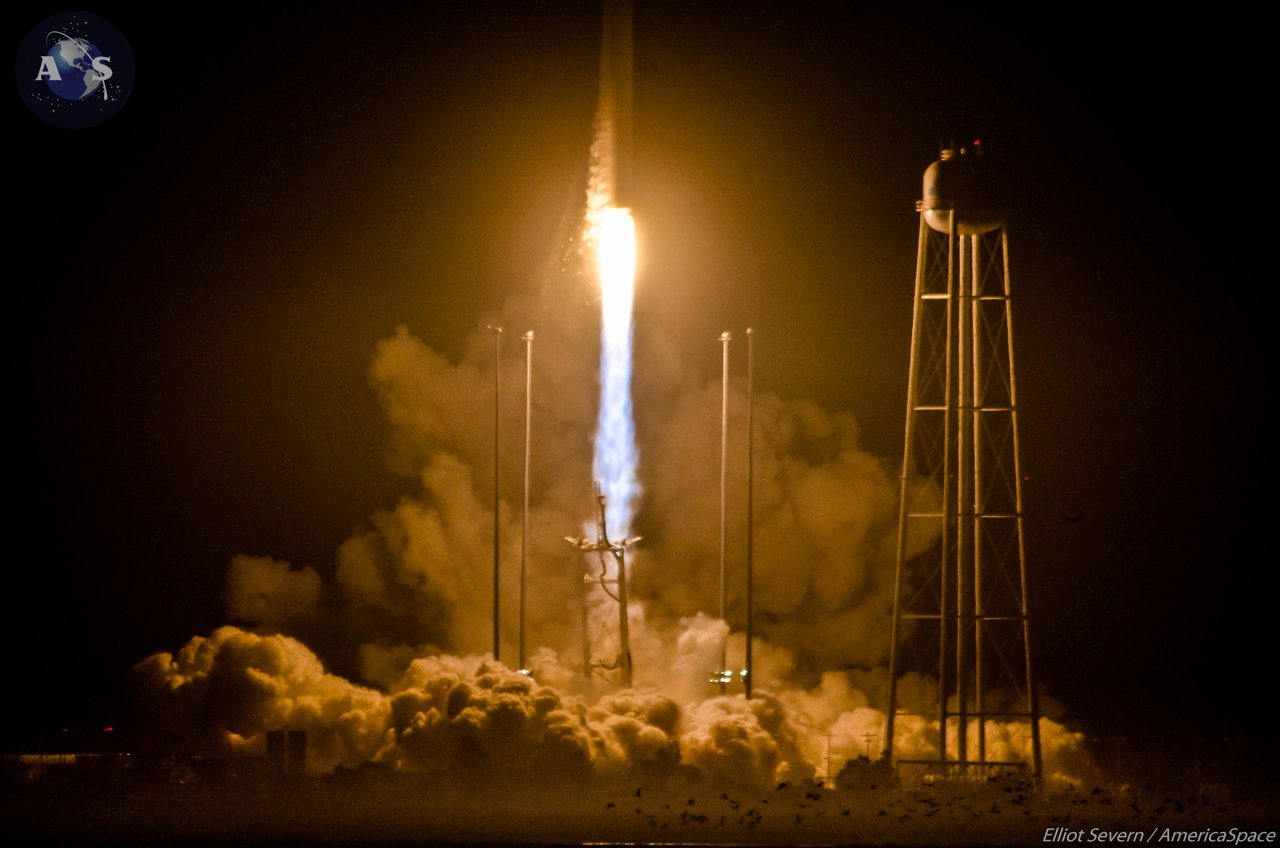
Nearly a decade after its first flight, Northrop Grumman Corp. and Firefly Aerospace have revealed additional details about a comprehensive first-stage upgrade to the Antares booster, which has since 2013 supported multiple launches of Cygnus cargo missions to the International Space Station (ISS). The “330” iteration of Antares—whose inaugural launch is targeted for No Earlier Than (NET) the second half of 2024—will furnish more than 1.6 million pounds (730,000 kilograms) of thrust, translatable to a propulsive yield at liftoff almost double that of the current “230-series” rocket, which has been in service since October 2016.
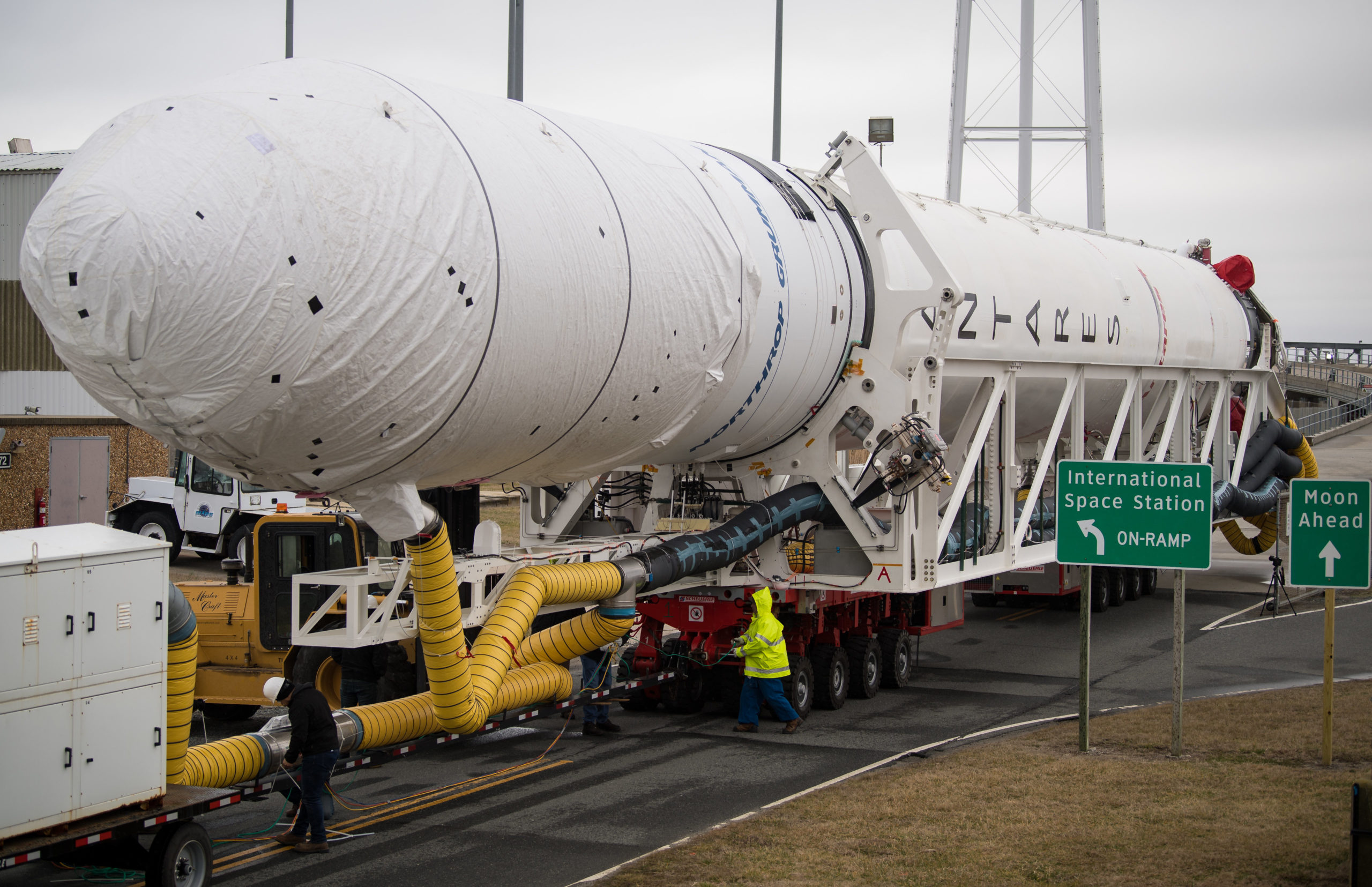
Antares, originally developed under the nomenclature of “Taurus”, was produced by Orbital Sciences Corp. and marked its first foray into large-scale cryogenic rocketry. In its initial “100-series” configuration, Antares’ first stage was powered by a pair of Soviet-era AJ-26 engines, purchased from Russia in the mid-1990s and substantially upgraded by the U.S. firm Aerojet Rocketdyne with modernized electronics and systems.
Following a lengthy and tortured development process, Antares flew its maiden (“A-ONE”) mission in its 100-series configuration in April 2013, its AJ-26 engines powering it uphill with 734,000 pounds (333,000 kilograms) of fiery muscle. It went on to successfully loft three Cygnus cargo ships (ORB-D, ORB-1 and ORB-2) and a combined 7,600 pounds (3,400 kilograms) of cargo, payloads and crew supplies to the space station between September 2013 and July 2014.
But this early success was cut prematurely short in October 2014 when a turbopump failure caused Antares to explode, seconds after liftoff, resulting in the catastrophic loss of the ORB-3 Cygnus. Imagery of this frightening explosion was dramatically captured by AmericaSpace’s photography team.
By this point, problems with the Antares-100’s aging, Soviet-heritage AJ-26 first-stage engine suite were already well understood and efforts to upgrade them were underway. In December 2014, AmericaSpace’s Mike Killian reported that the second-generation iteration of Antares—the 200-series—would utilize a pair of RD-181 first-stage engines, producing a liftoff thrust of 864,000 pounds (392,000 kilograms).
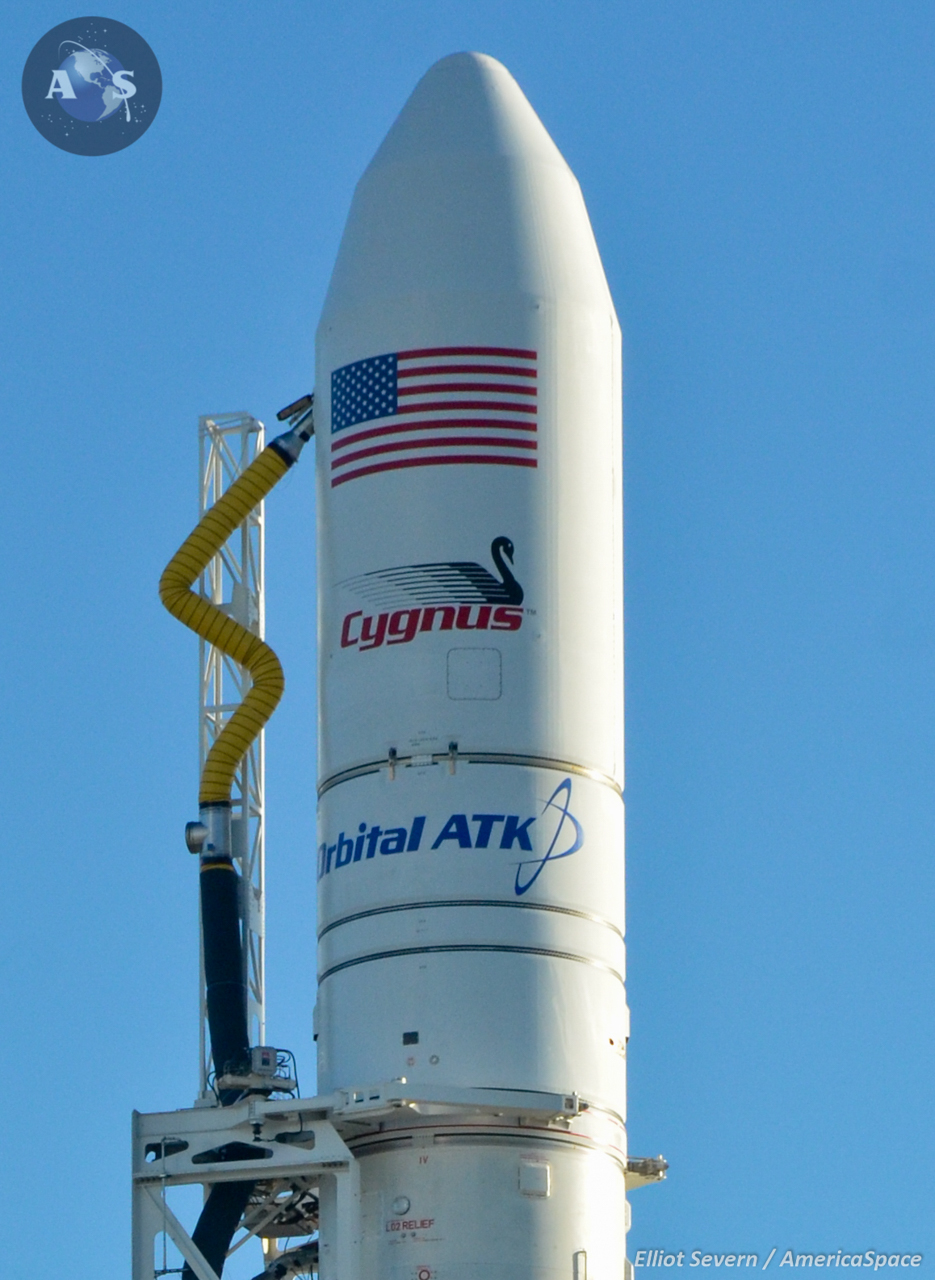
This represented an 18-percent thrust increase and enabled the Antares 200-series vehicle to carry the heavier “Enhanced Cygnus”, plus a 60-percent greater haul of payloads. Between October 2016 and April 2019, five Antares “230” boosters lifted five Cygnuses and a combined 35,000 pounds (15,800 kilograms) of payloads to the ISS.
Another upgrade, the “230+”, entered service in November 2019 and went on to support six more Cygnus launches—lifting over 48,300 pounds (21,900 kilograms) of ISS-bound cargo and supplies—through February 2022. The most recent Northrop Grumman Cygnus mission (NG-17) departed the station after a four-month stay last June.
The 230+ iteration was virtually identical to the 230 with several enhancements to allow Antares to more effectively carry out ISS missions under Northrop Grumman’s second-phase Commercial Resupply Services (CRS2) contract with NASA. These included structural enhancements to permit greater flexibility during first-stage flight and continuous 100-percent thrust performance throughout ascent.
Two additional flights will lift the NG-18 and NG-19 Cygnuses to the ISS in October 2022 and February 2023. And just last spring, NASA announced its intent to purchase six more Cygnus missions, to be flown “through 2026”.
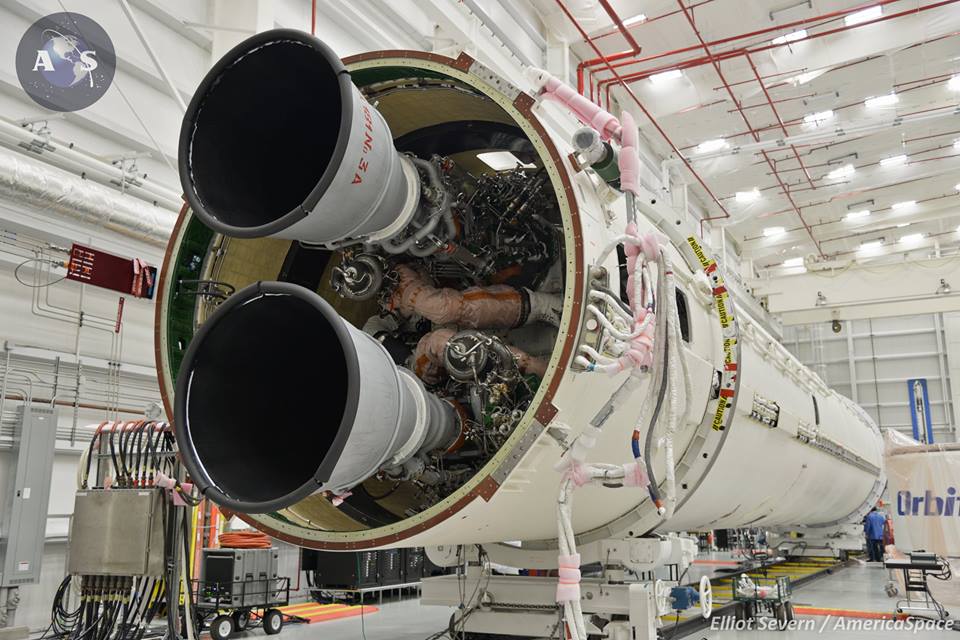
Current plans envisage that the new 330-class Antares will support some of these missions, with its initial launch targeted for the second half of 2024. Powering the 330’s first stage will be a suite of seven Miranda engines, fabricated by Cedar Park, Texas-based Firefly Aerospace.
The continued supply of Russian RD-181 engines and the Antares 230+ first stage itself—which is assembled in Ukraine—were thrown into disarray earlier this year, following President Vladimir Putin’s invasion. And in retaliation for sanctions imposed by the United States, Russia halted deliveries of RD-181 engines, leaving only enough for the NG-18 and NG-19 launches.
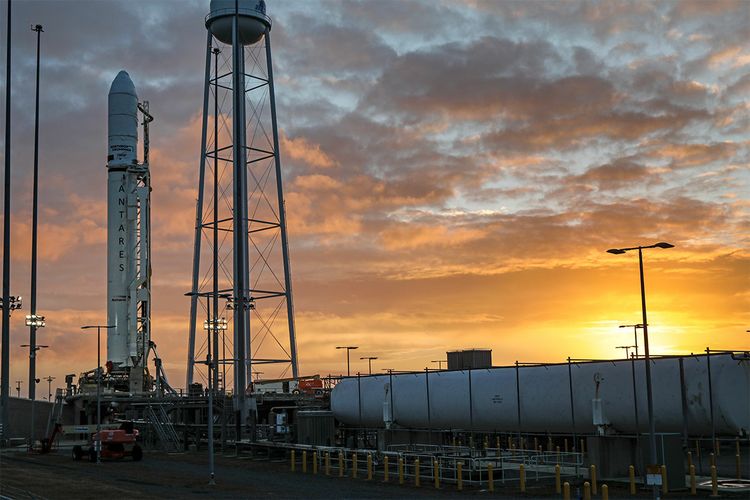
Those two missions will be the last by the Antares 230+, after which there is expected to be a gap of more than a year before the Antares 330 comes online. To achieve uninterrupted Cygnus operations between NG-19 and the first Antares 330 mission, Northrop Grumman has contracted with SpaceX for three Falcon 9 launches.
“The launches will take place in late 2023 and 2024,” Northrop Grumman’s Kristi Davidson told AmericaSpace, “in support of the NG-20, 21 and 22 missions.”
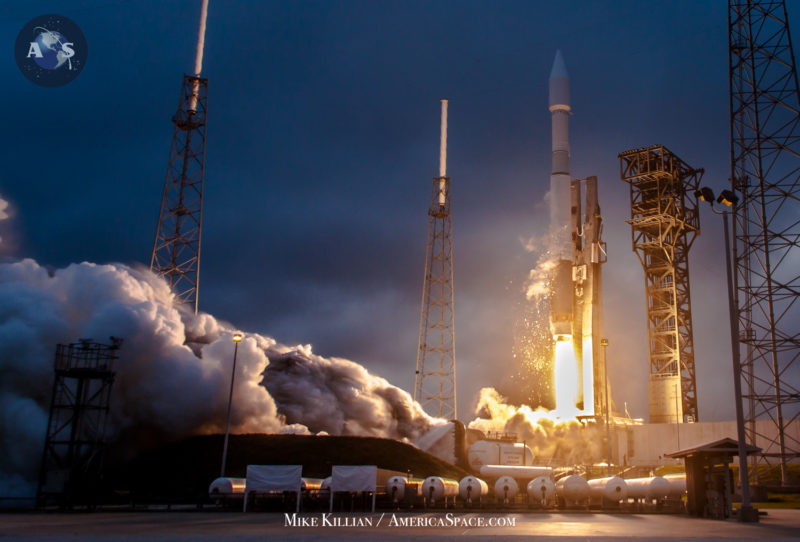
This will not be the first occasion that a booster other than Antares has launched Cygnus. Between December 2015 and April 2017, three United Launch Alliance (ULA) Atlas Vs lifted a trio of cargo missions to the ISS, to accommodate continued Cygnus operations during Antares’ downtime following the ORB-3 failure.
With Antares 230+ supporting the upcoming NG-18 and NG-19 missions and SpaceX handling NG-20, 21 and 22, it seems probable that the first Antares 330 mission, in the second half of 2024, will be NG-23. “Northrop Grumman has been working with Firefly Aerospace on opportunities to expand the capability of Antares and improve the resiliency of its supply chain within the U.S. for over a year,” Northrop Grumman’s Kristi Davidson told AmericaSpace.
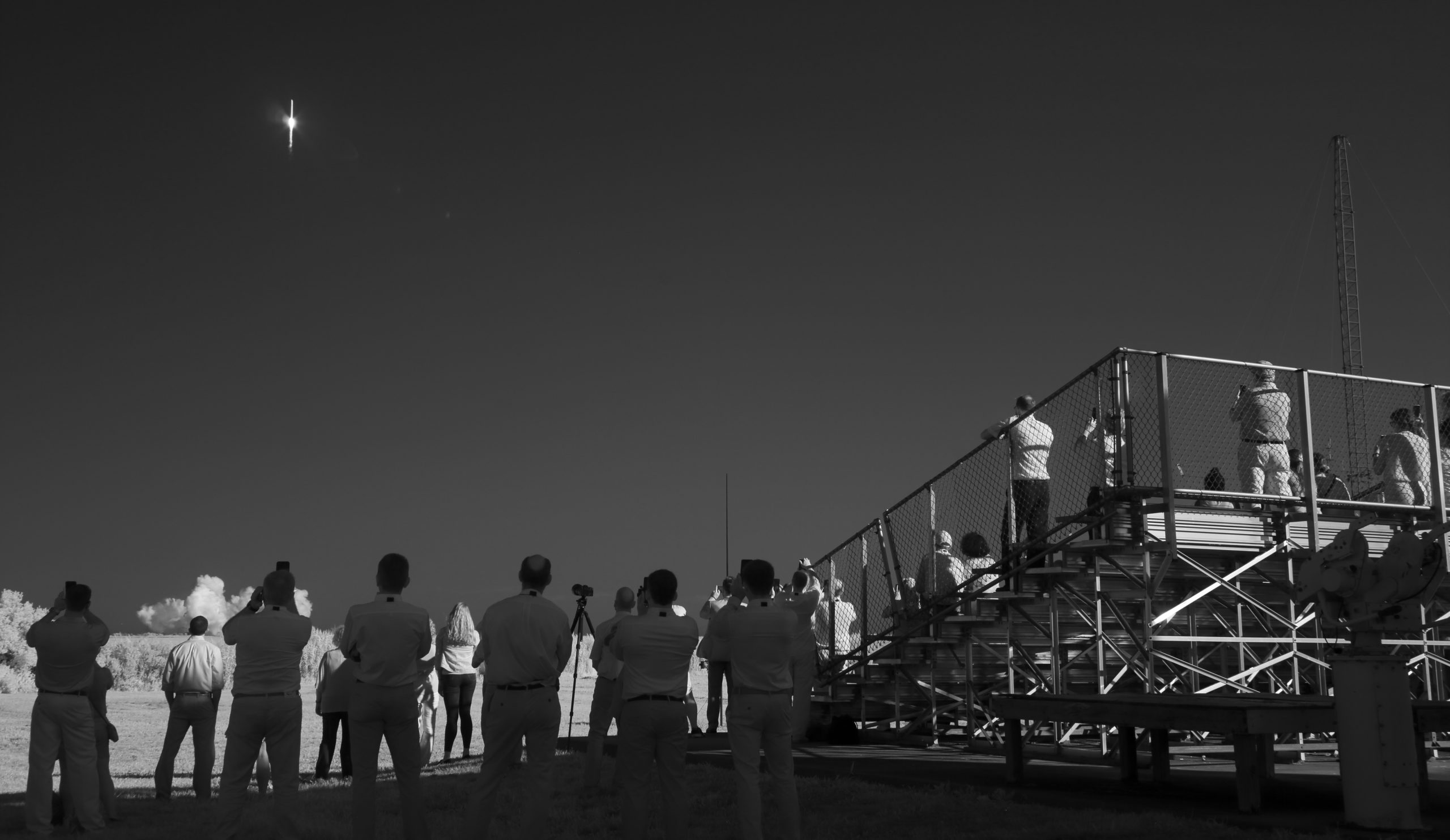
Seven Miranda engines, built by Firefly, will power the Antares 300 first stage. Arranged in a circle of six, and with one engine at the center, each Miranda produces 230,000 pounds (104,300 kilograms) of thrust, with a total propulsive yield at T-0 of 1,610,000 pounds (730,280 kilograms).
Like the current RD-181 and earlier AJ-26 engines, the Mirandas are powered by a mix of liquid oxygen and a highly refined form of rocket-grade kerosene (known as “RP-1”). This is expected to contribute to fewer modifications of existing launch facilities at Antares’ launch site, the Mid-Atlantic Regional Spaceport (MARS) on Wallops Island, Va.
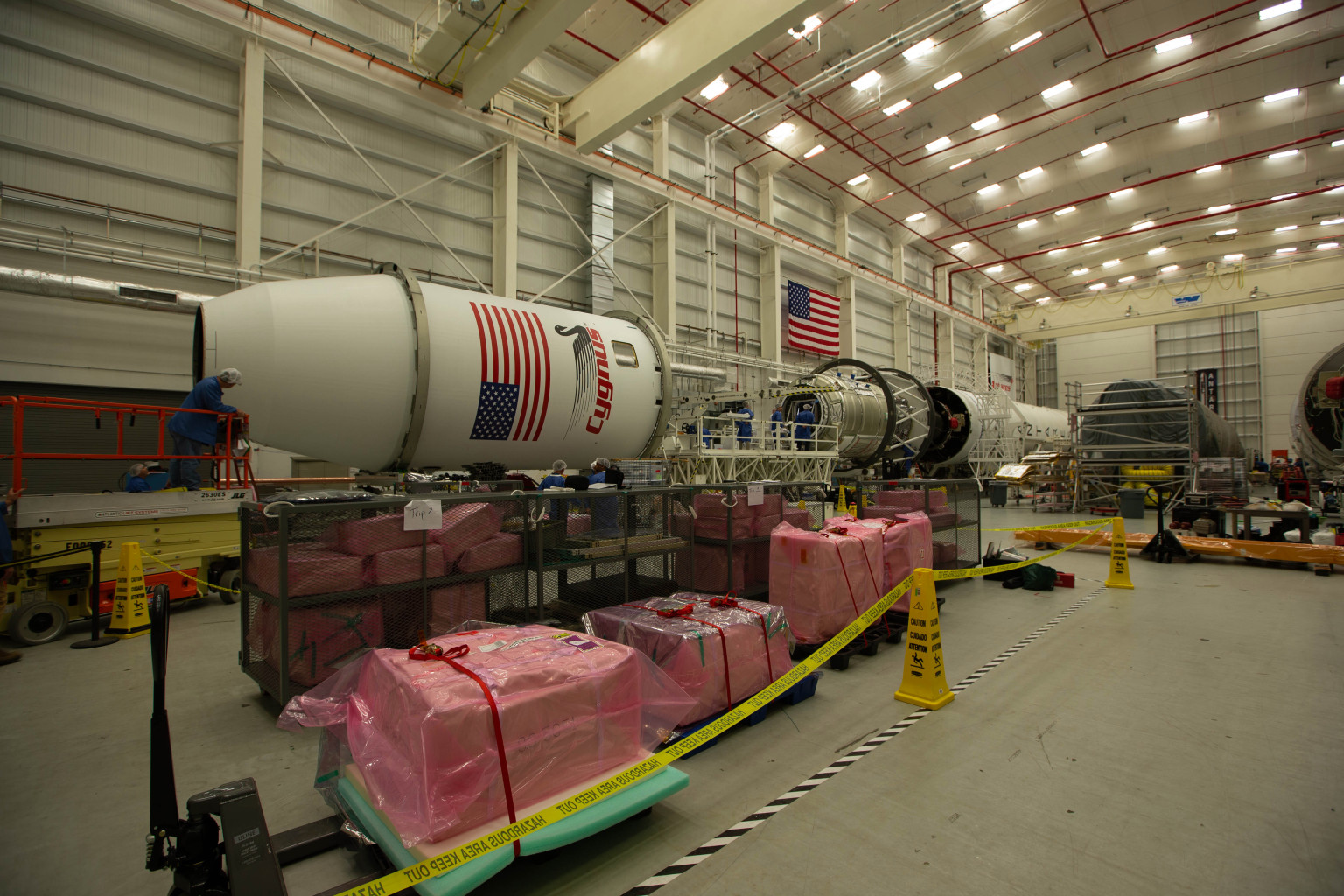
That represents a virtual doubling of the liftoff thrust of the Antares vehicle and is translatable to a 30-percent performance increase—from 17,850 pounds (8,100 kilograms) to just over 23,000 pounds (10,500 kilograms)—to low-Earth orbit.
And in terms of payload deliverable to the ISS, an Antares 300-series vehicle will provide about 2,750 pounds (1,250 kilograms) of increased Cygnus cargo capacity, rising from the current 8,270 pounds (3,750 kilograms) to slightly more than 11,000 pounds (5,000 kilograms).
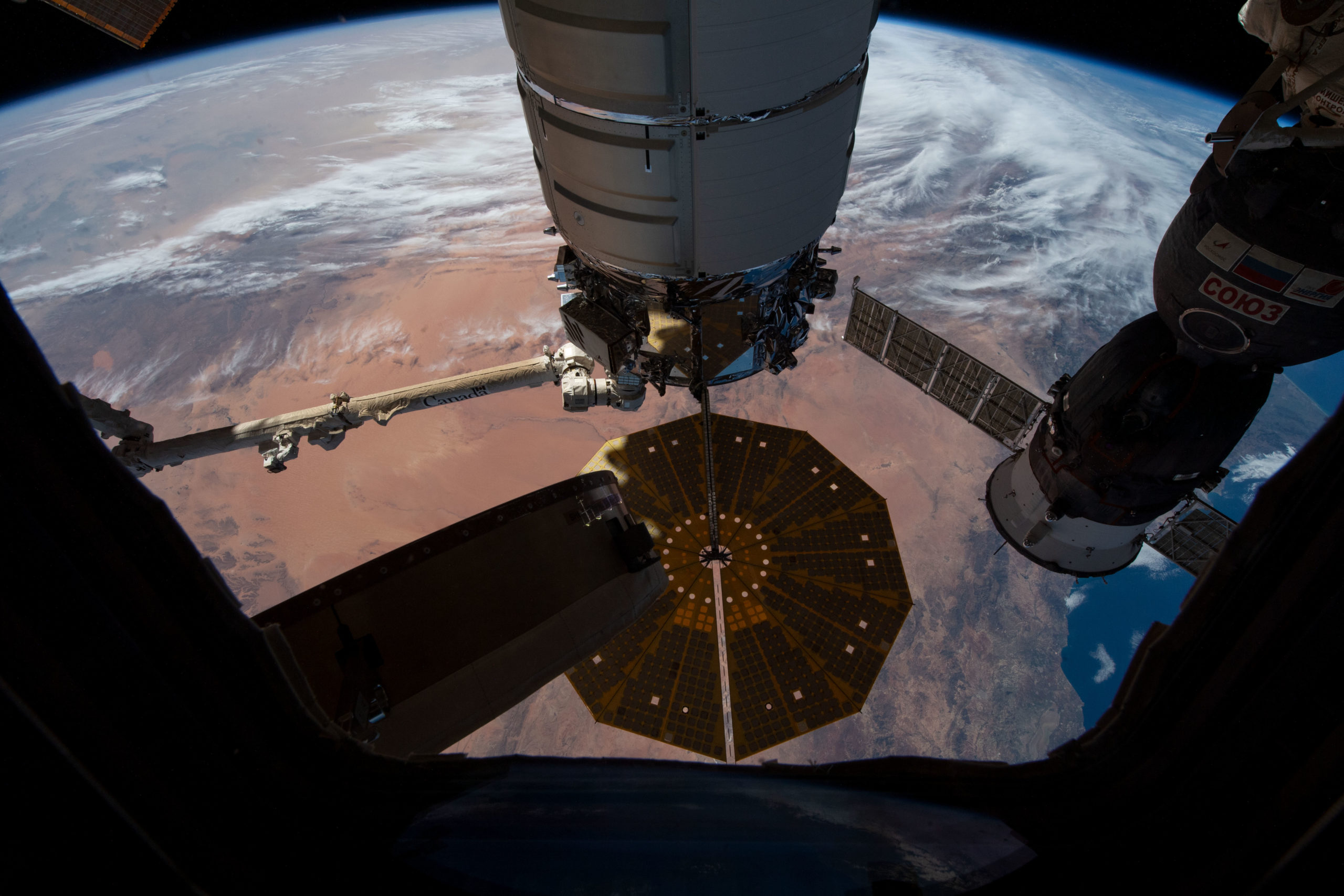
“Through our collaboration, we will first develop a fully domestic version of our Antares rocket, the Antares 330, for Cygnus space station commercial resupply services, followed by an entirely new medium-class launch vehicle,” said Scott Lehr, vice president and general manager of launch and missile defense systems at Northrop Grumman. “Northrop Grumman and Firefly have been working on a combined strategy and technical development plan to meet current and future launch requirements.”
“Firefly prides itself on being a disrupter in the new space industry,” added Firefly’s interim CEO, Peter Schumacher, “and collaborating with a proven space pioneer like Northrop Grumman will help us continue that disruption.”





